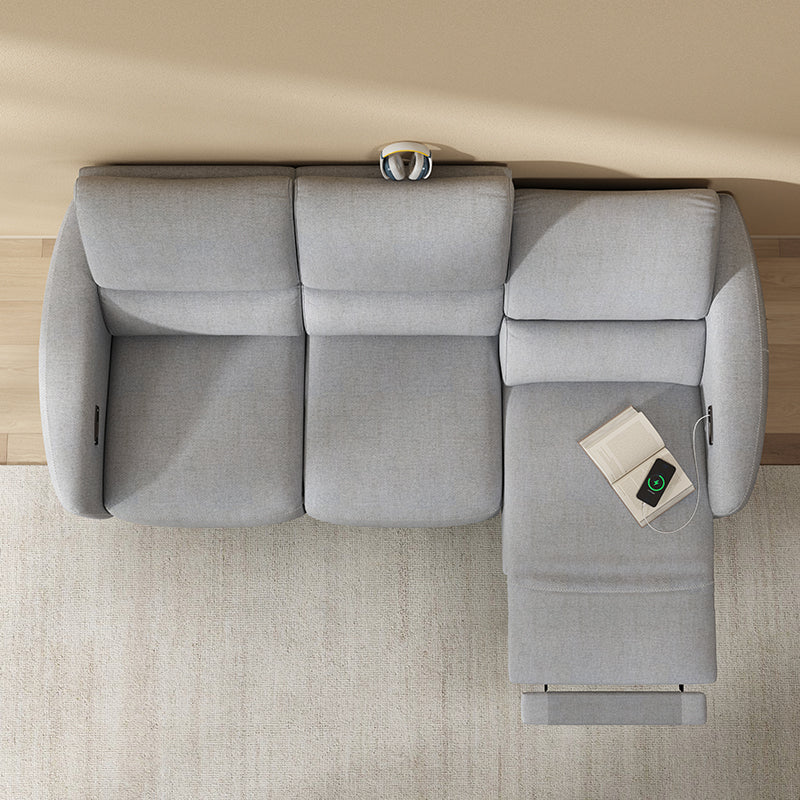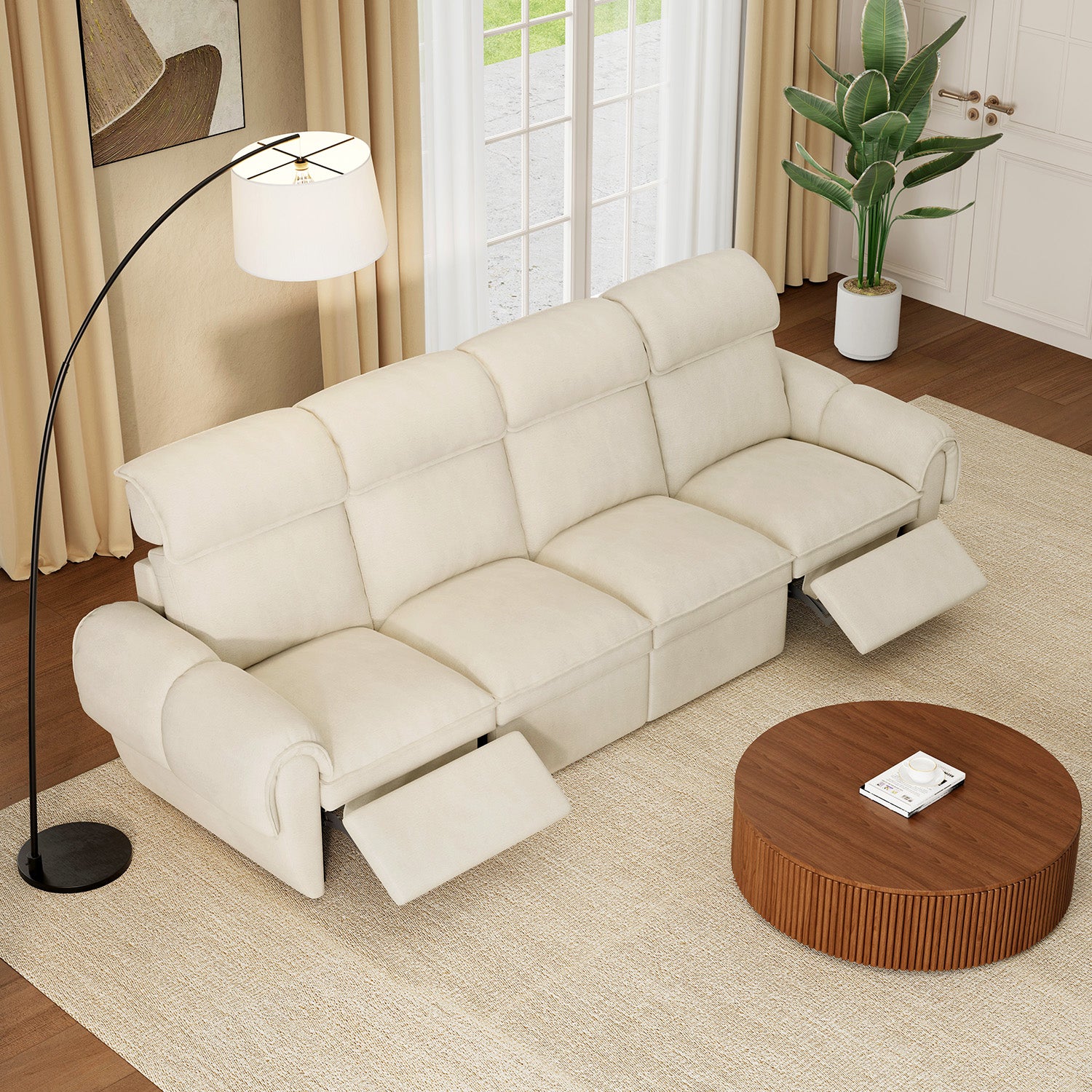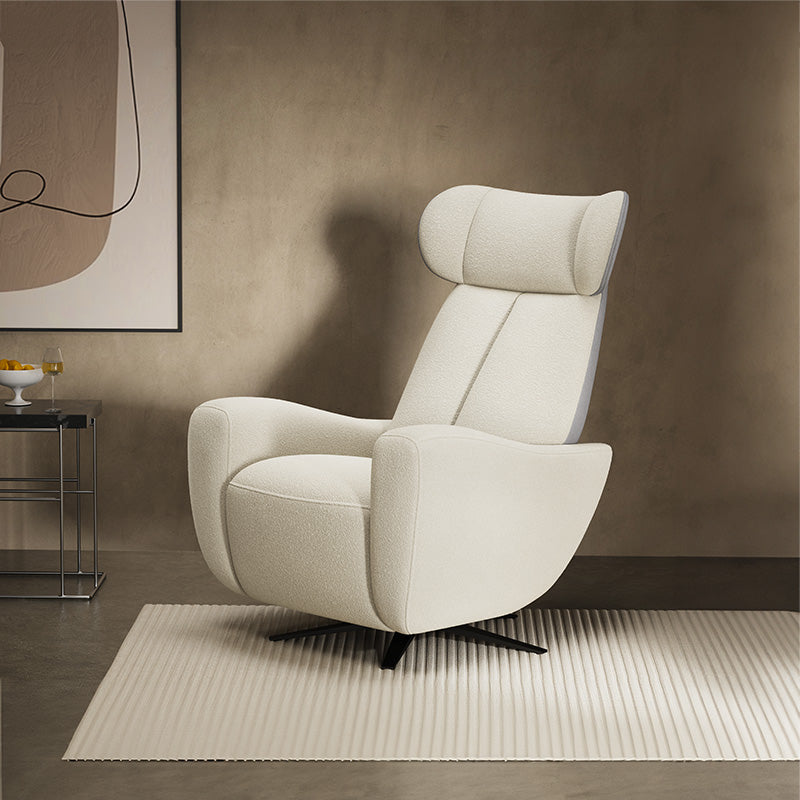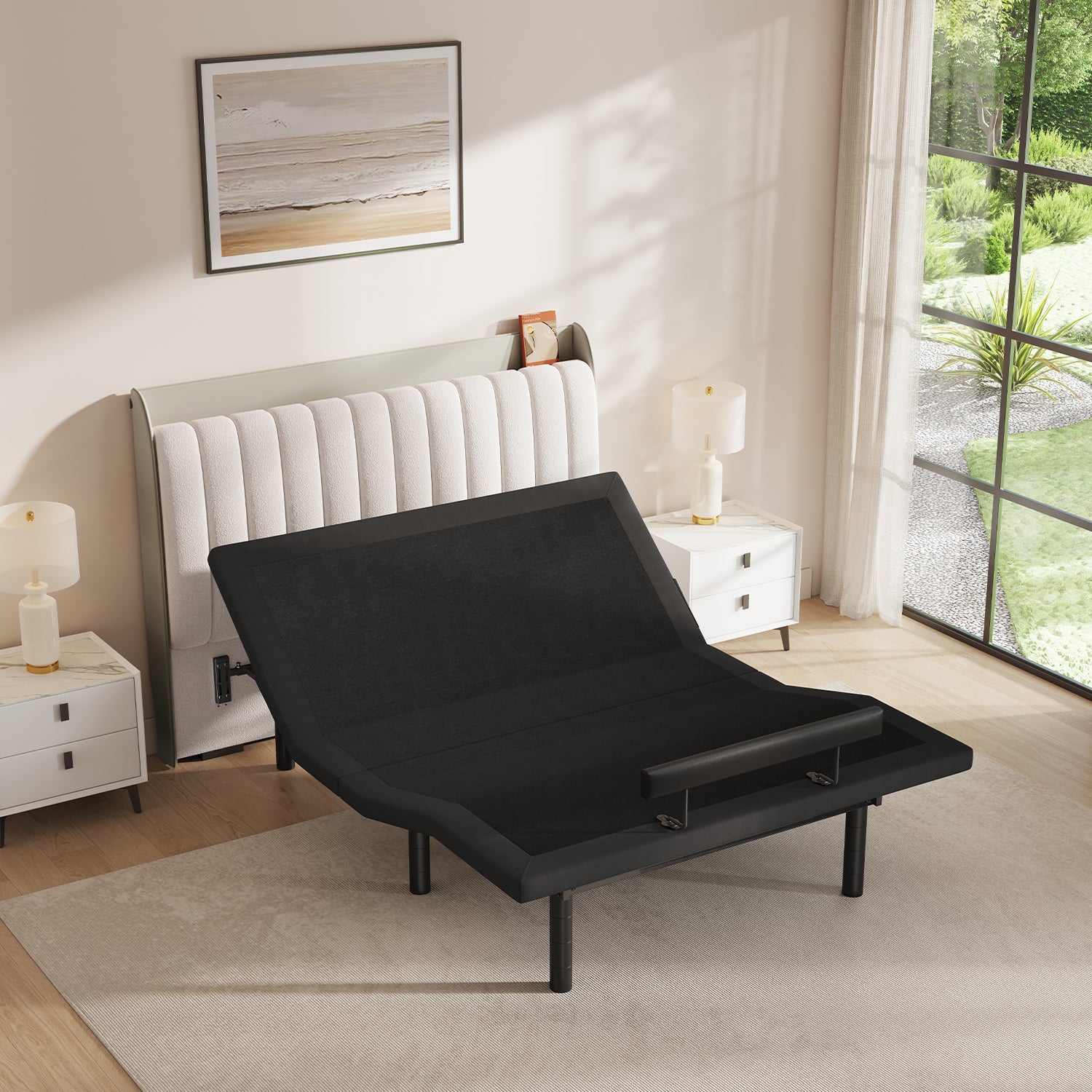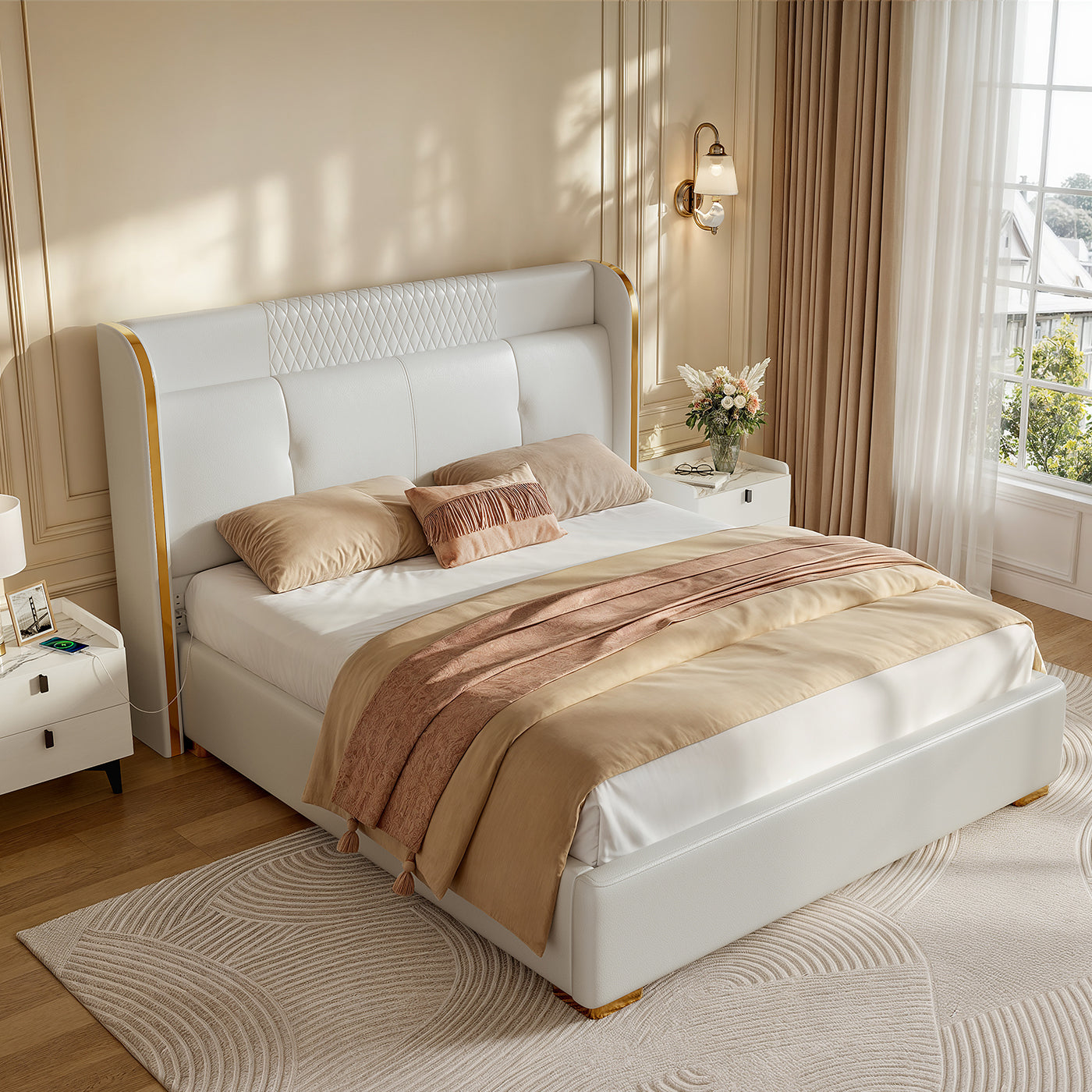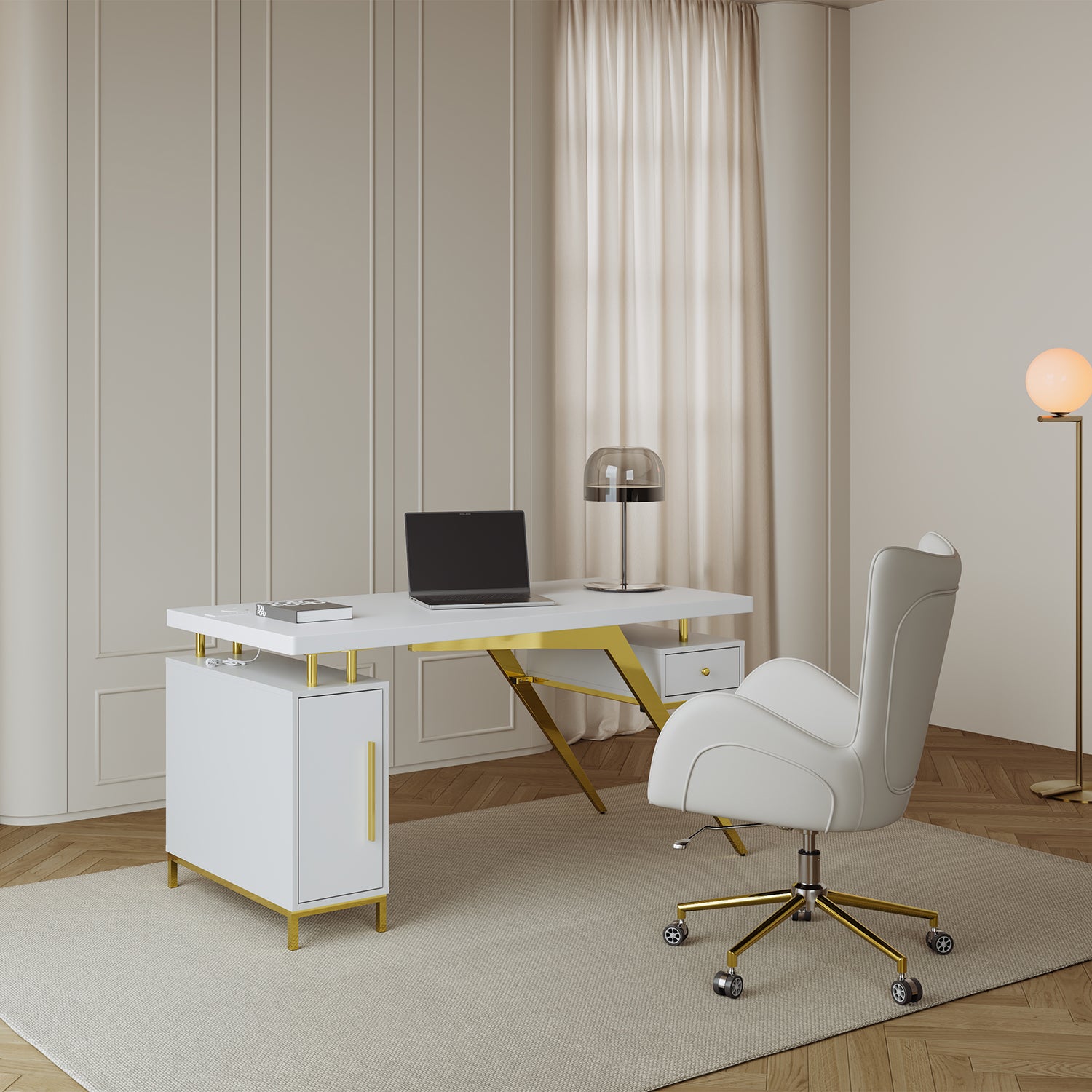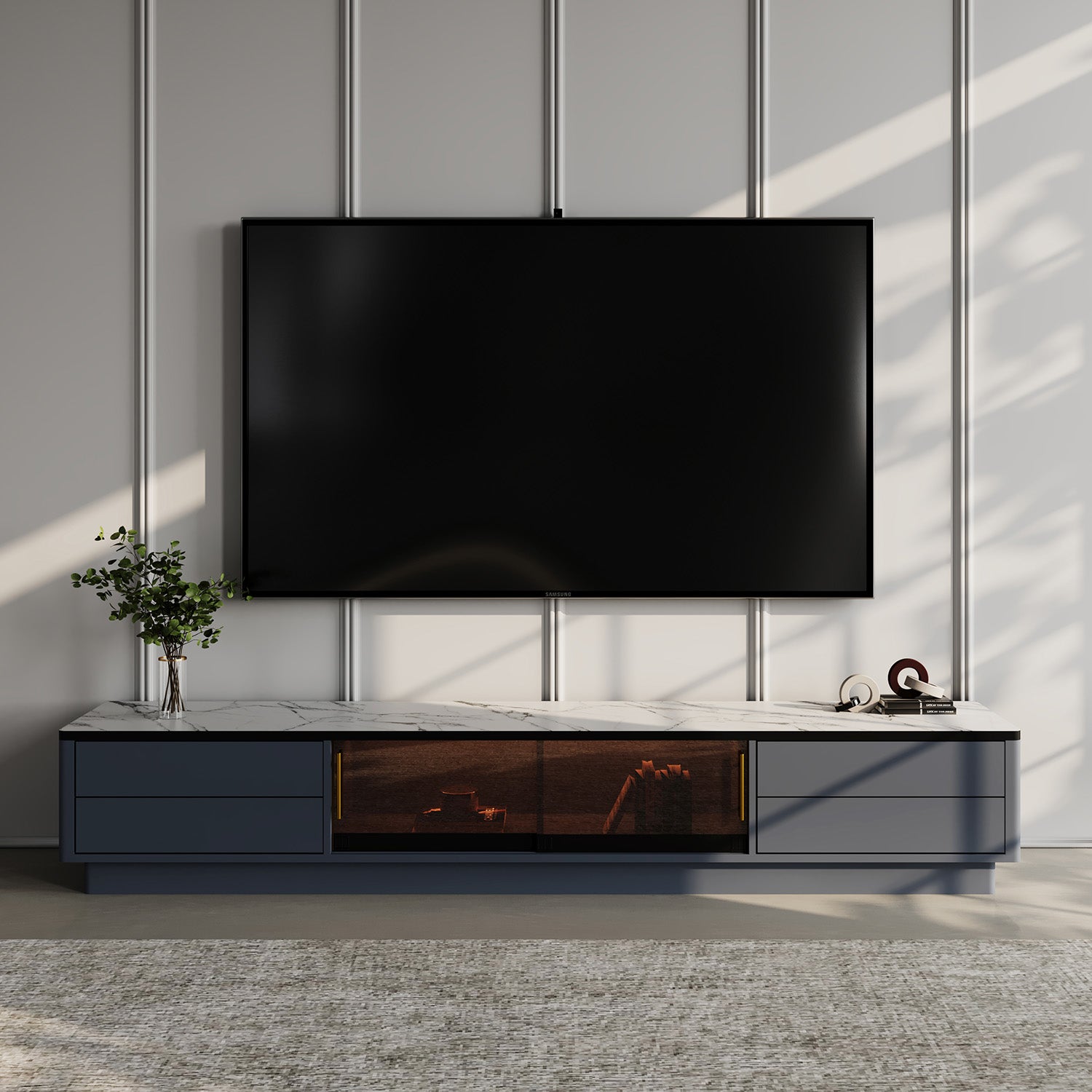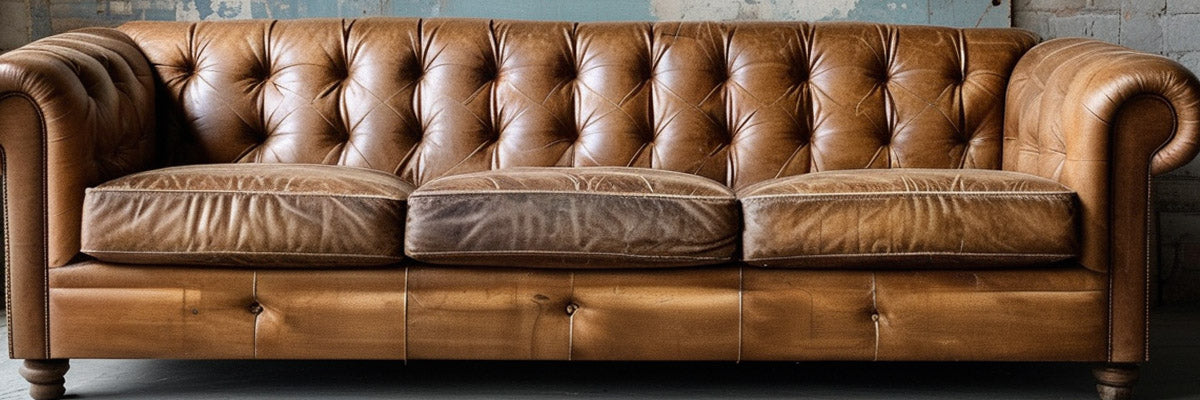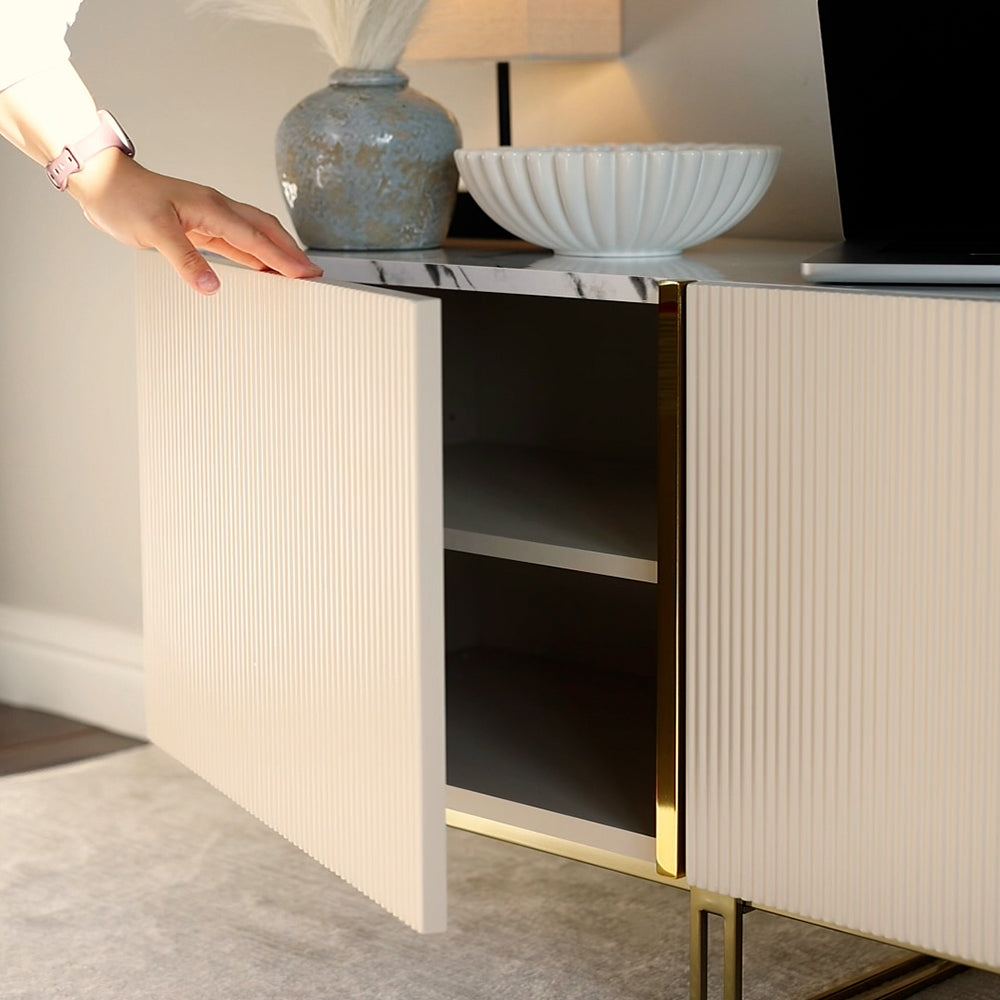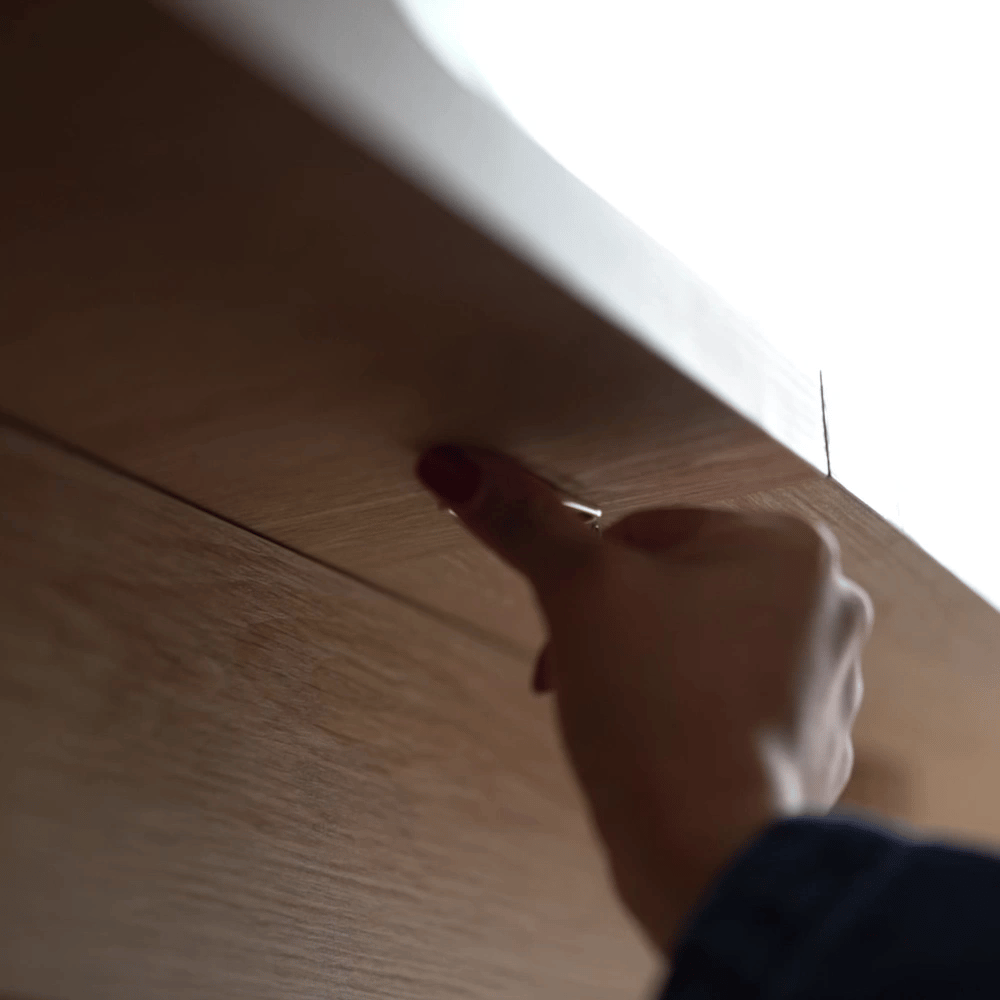A leather sofa can be a luxurious and stylish addition to any living space. However, over time, it may suffer from discoloration, which can detract from its appearance. Whether it's due to sunlight exposure, spills, or general wear and tear, there are several methods you can try to fix a discolored leather sofa and restore its former glory.
Table of Content
1. Identify the Cause of Discoloration
Before attempting any repairs, it's essential to determine what caused the discoloration. If it's due to sunlight, the affected area may have faded. Spills, on the other hand, could have left stains that have discolored the leather. General dirt and grime buildup can also make the leather look dull and discolored. Understanding the root cause will help you choose the most appropriate fix.
2. Clean the Leather

Begin by thoroughly cleaning the sofa. Use a mild leather cleaner, which can be purchased from most furniture or home improvement stores. Dampen a soft, clean cloth with the cleaner and gently wipe the entire surface of the sofa, following the grain of the leather. This will remove surface dirt, oils, and any substances that may be contributing to the discoloration. Be careful not to over-wet the leather, as excessive moisture can damage it. After cleaning, allow the sofa to dry completely. This may take several hours or even overnight, depending on the humidity in the room.
3. Apply a Leather Conditioner
Once the sofa is clean and dry, apply a leather conditioner. A conditioner helps to moisturize the leather, preventing it from drying out and cracking, and can also enhance its color. Squeeze a small amount of conditioner onto a clean, dry cloth and rub it evenly onto the leather in circular motions. Let the conditioner sit on the leather for the recommended amount of time specified on the product label, usually around 10 - 15 minutes. Then, use a clean, dry cloth to buff the sofa, removing any excess conditioner. This step not only restores some of the leather's natural luster but can also help to even out minor discolorations.
4. Use a Leather Dye or Color Restorer
If the discoloration is still visible after cleaning and conditioning, you may need to use a leather dye or color restorer. These products are available in a variety of colors to match different shades of leather. Test the dye or color restorer on a small, inconspicuous area of the sofa first to ensure it matches the existing color and doesn't cause any adverse reactions. Apply the dye or color restorer according to the manufacturer's instructions, usually using a sponge or a soft brush. Work in small sections, applying the product evenly and allowing it to dry completely between coats. Multiple coats may be required to achieve the desired color match and coverage.
5. Protect the Leather
After successfully fixing the discoloration, it's crucial to protect the leather to prevent future damage. Use a leather protector spray, which creates a barrier against spills, UV rays, and dirt. Spray the protector evenly over the entire surface of the sofa, following the product instructions. Allow it to dry completely before using the sofa again. Additionally, avoid placing the sofa in direct sunlight for extended periods and clean up spills immediately to maintain the leather's appearance and integrity.
6. Conclusion
In conclusion, a discolored leather sofa doesn't have to be a lost cause. By following these steps-identifying the cause, cleaning, conditioning, using a dye or color restorer if necessary, and protecting the leather - you can revive the look of your sofa and extend its lifespan. With a little time and effort, your leather sofa can once again become the centerpiece of your living room, looking as good as new.
If you want to buy our home furniture or couch for living room, you can check out more on our store

